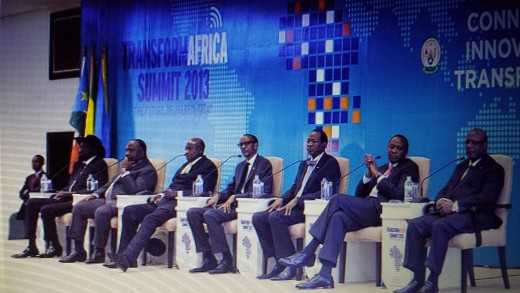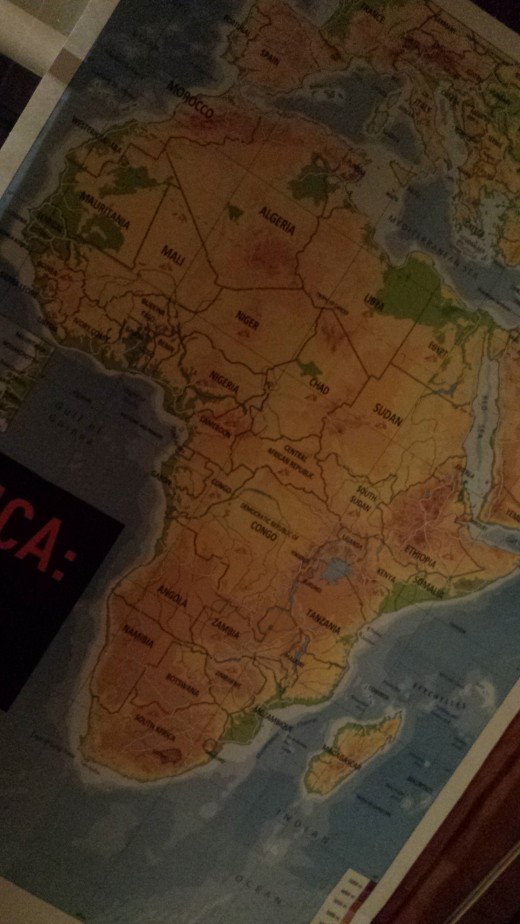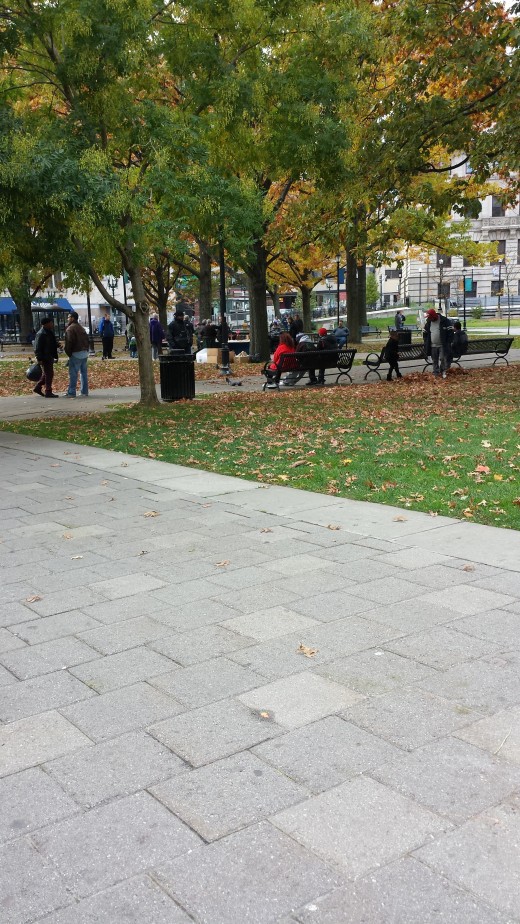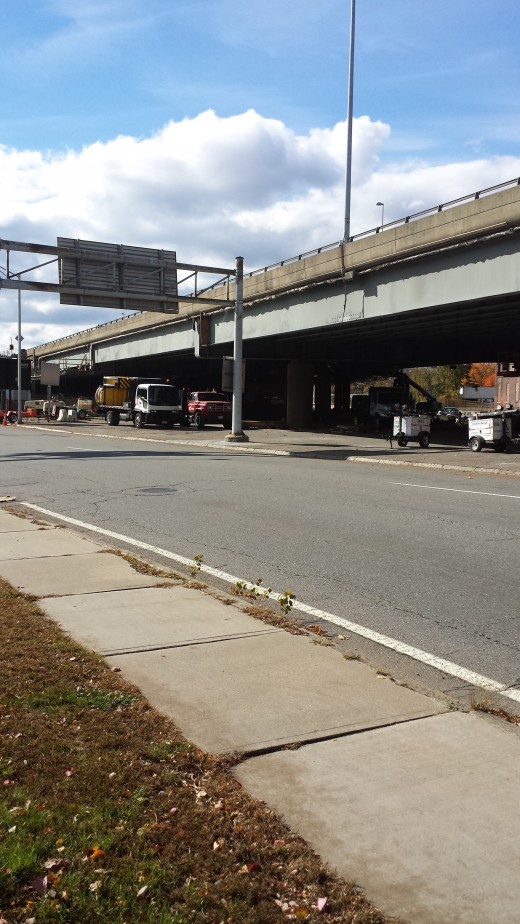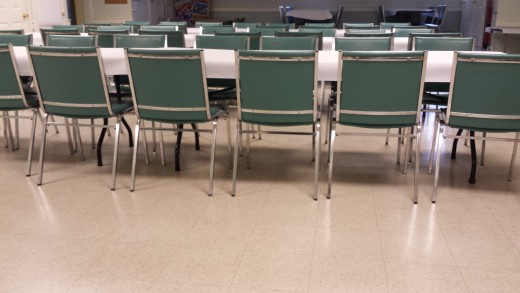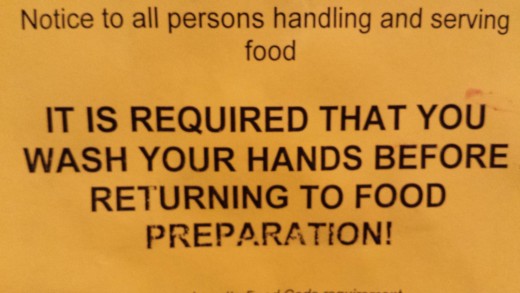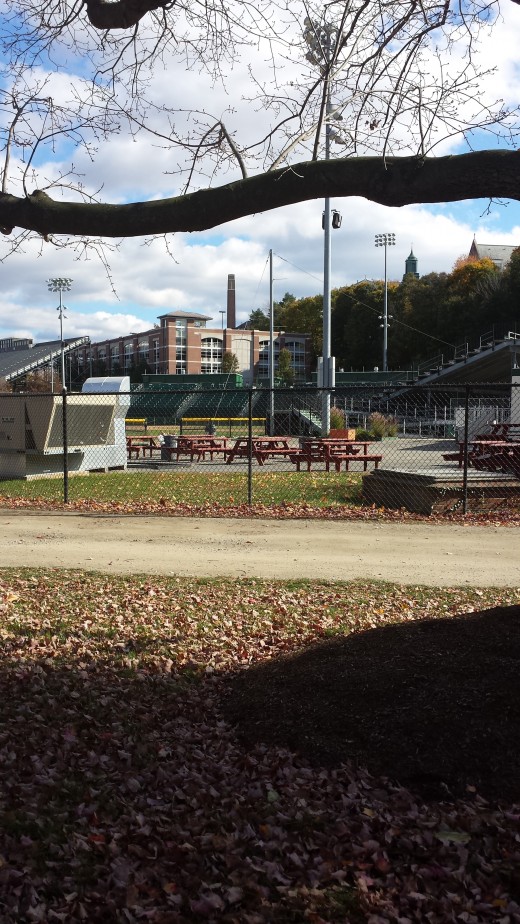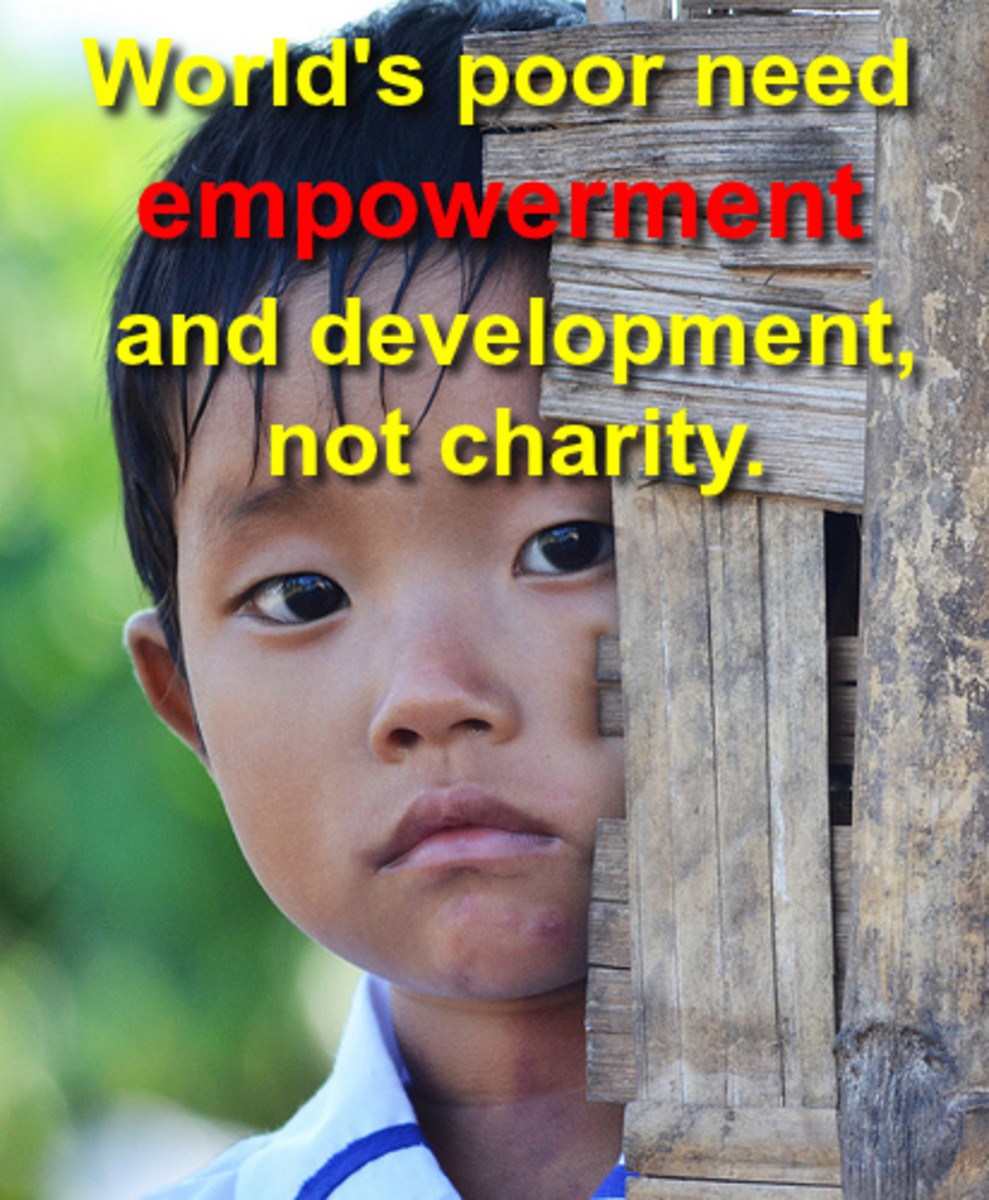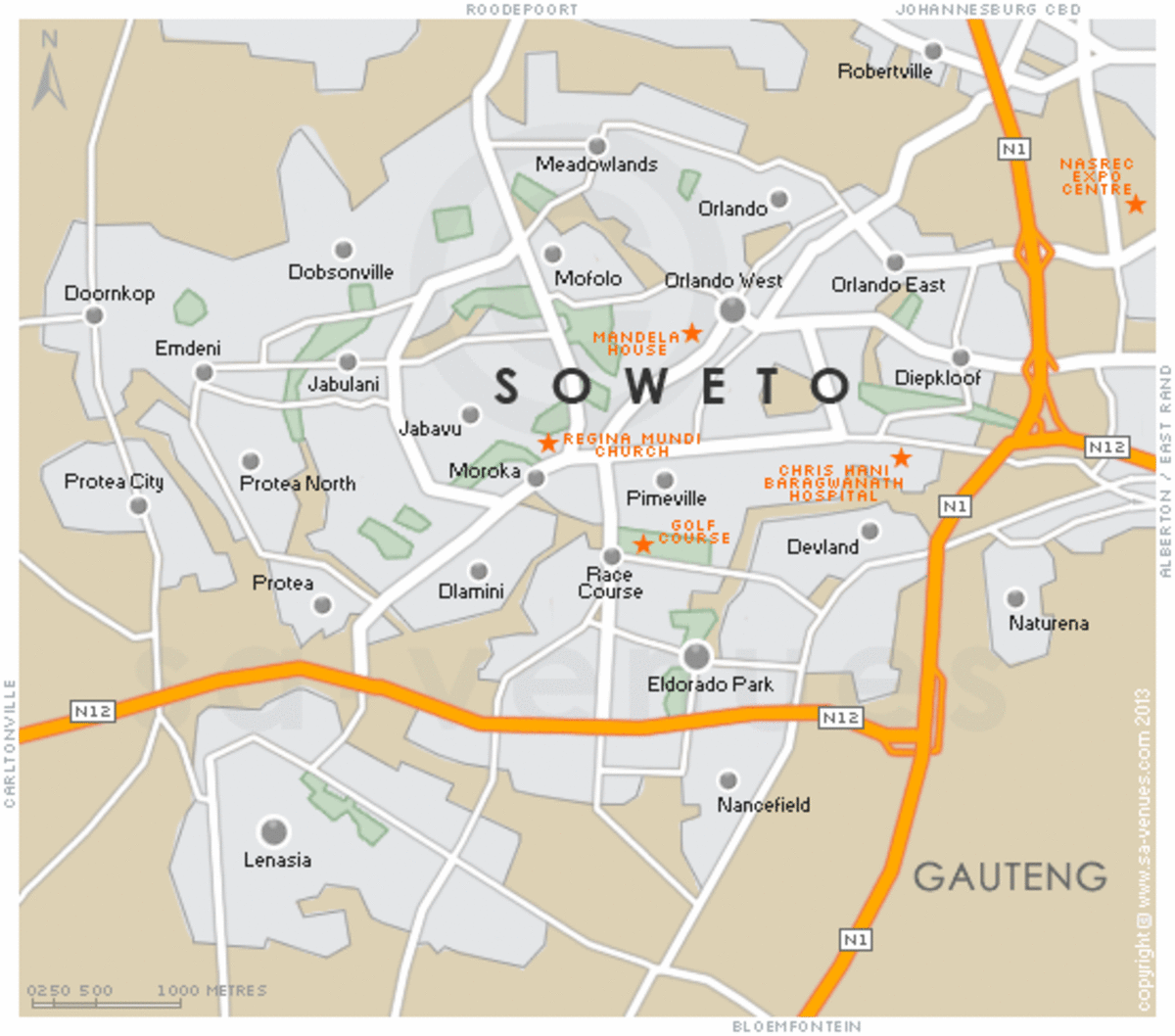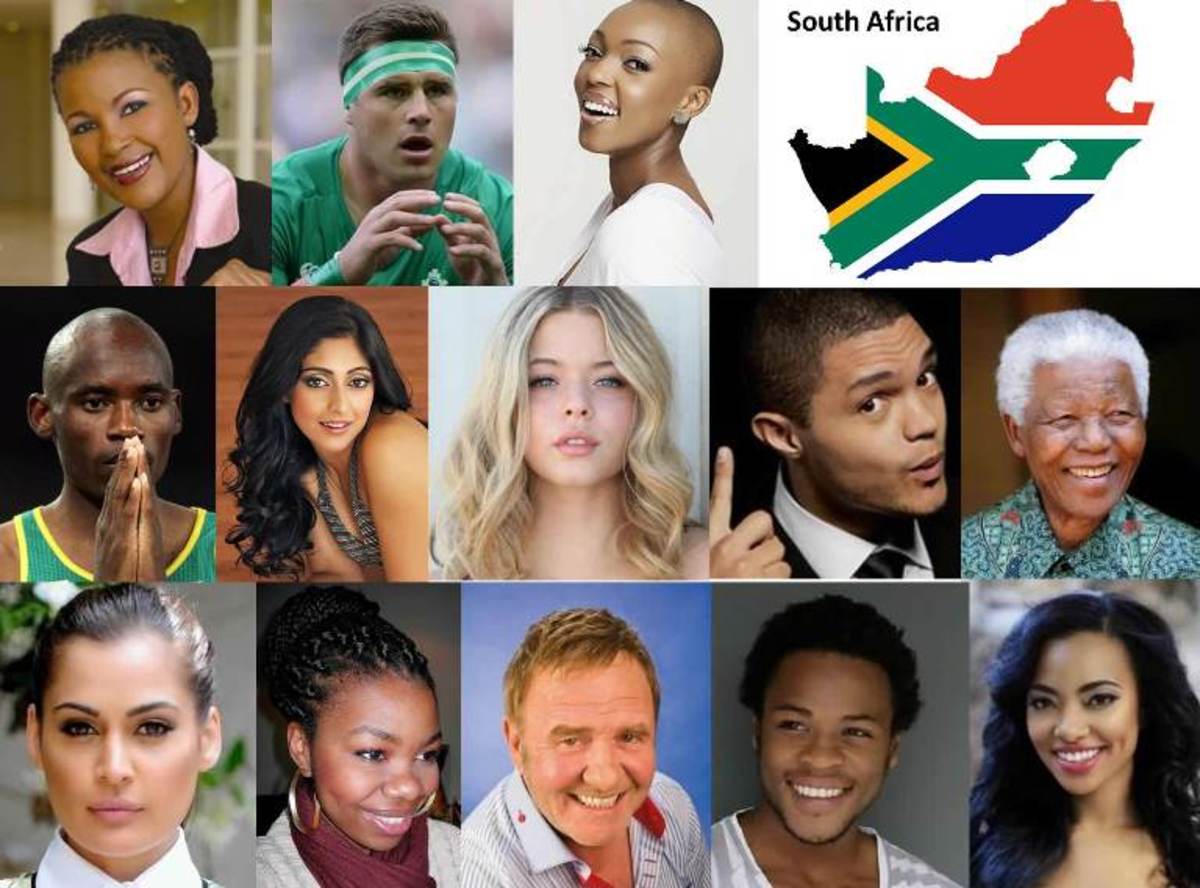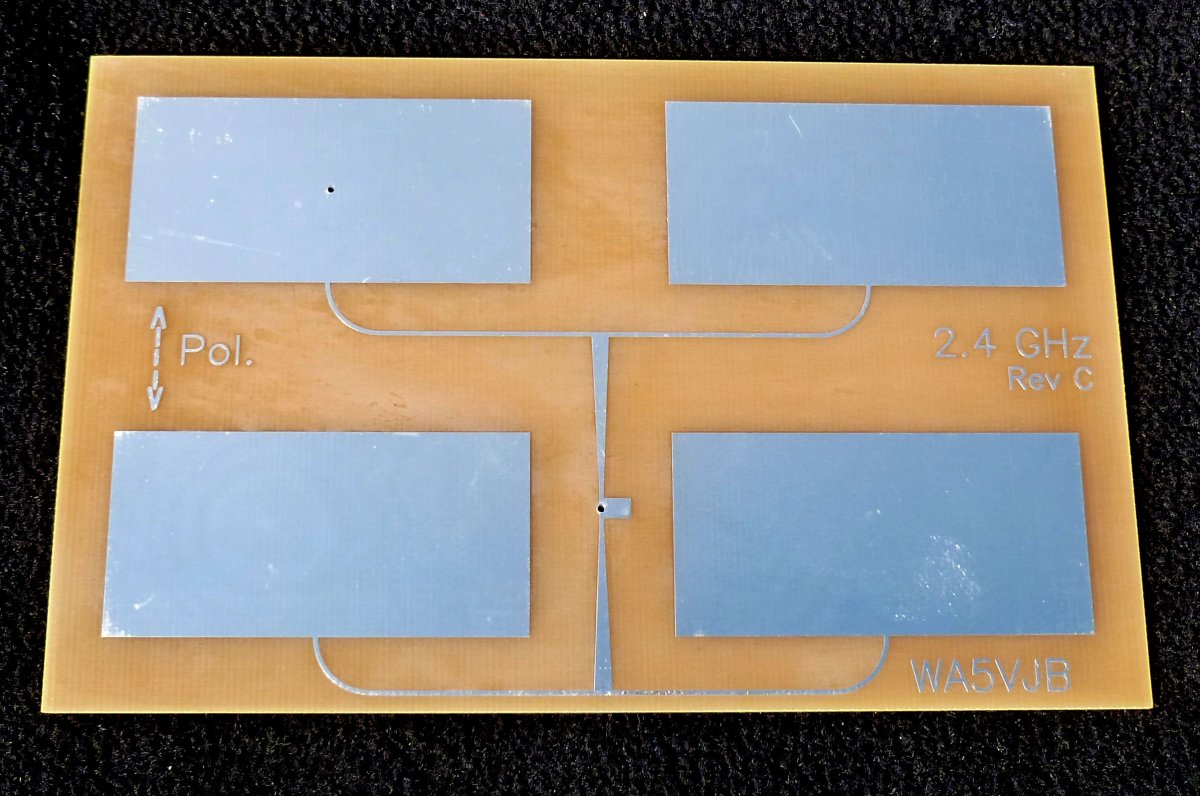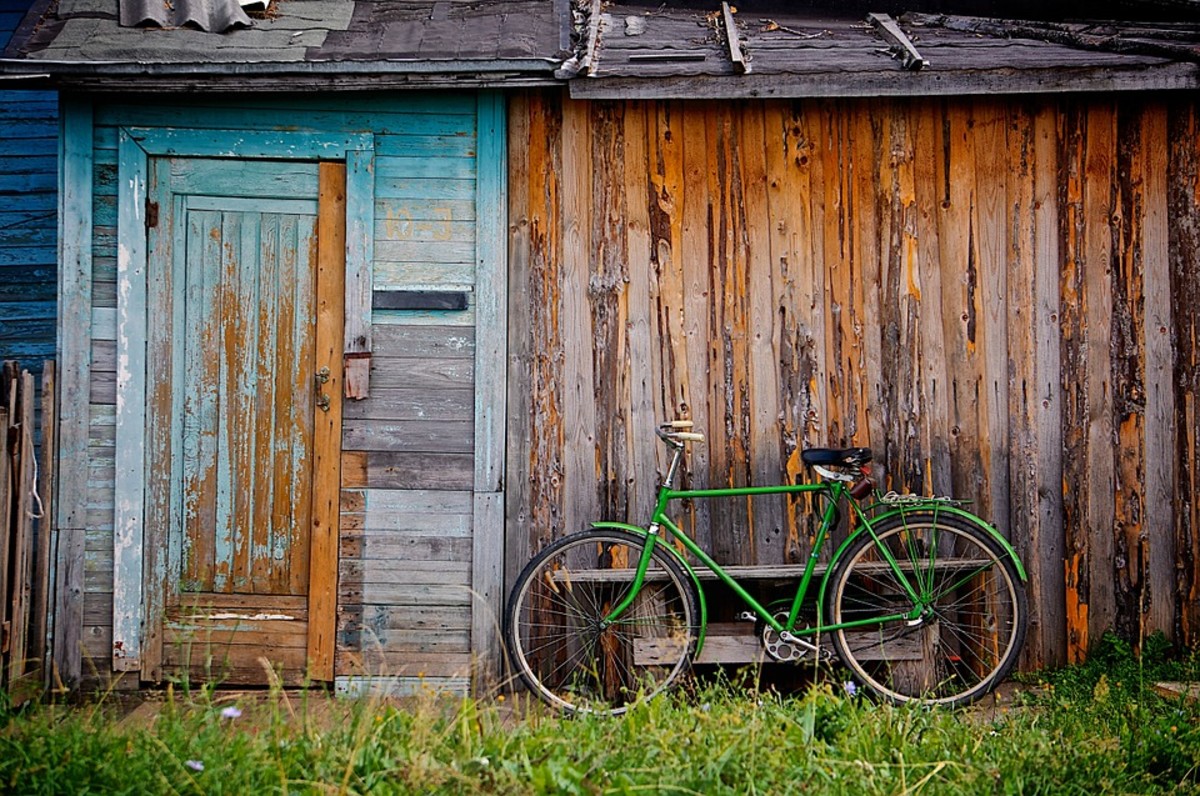Eradicating poverty remains a top priority for Africa
High Level Political Mobilization in Africa
Click thumbnail to view full-size
Text on Eradicating Poverty
Revisiting welfare and wellbeing in Africa
Africa gained independence, the last two nations to gain independence are Zimbabwe and South Sudan), it now needs to use the comparative advantages in place: combined tonnage of resources; existing governments; democratization; large skilled population; the big number of sovereign states making up the African Union; and the Diasporas. Africa can use these six overarching advantages to do the following:
1. Invest in efforts that ensure security and political stability.
2. Make connections with companies and countries that have the resource excavation technology.
3. Invest in technologies and practices that conserve environment and call for judicious utilization of resources.
4. Establish household level or cottage industrialization.
5. Invest in social services ( health, education, roads, local governance and built areas).
6.Establish legal regimes for redress and deterrence of mistreatment of marginalized population groups.
7. Establish opportunities for many to graduate to the middle class.
8. Establish IT and explore ways to generate entrepreneurship using IT.
9. Establish social data collection and use to inform policy.
10. Establish weather forecasting technologies.
Pre-colonial Africa did not know poverty in the sense the 'west' knows it
AFRICA AROUND 2,000BCE-1300AD:
Africa had organized communities that stretched far and wide, north, south, east and west. This occurred over millennia. We are talking 2000BCE-1300AD. The organization against the vagaries of weather and the wild, the belief in communal security and the strengthening of classes that specialized in different aspects and roles over millennia contributed to the heritage we see today. These aspects and roles came to be naturalized and a normativity.
SMALLER SELF SUFFICIENT COMMUNITIES COMMUNALLY OWNING RESOURCES AS A MODEL AGAINST IMPOVERISHMENT:
These communities evolved with time. The idea of empires was no longer vogue as time went on. There could have been in fighting but the reduction was also because bigger population groups had generated critical success factors in form of population groups supplying skills and services. With these in place most needs were met. The disintegration of empires may or may not have been because of wars. The culture of inheritance played a role. Princes and Princesses were given parts of empires to rule over. These smaller kingdoms and chieftains were able to be identified with. It galvanized people, the cohesion and solidarity was a bedrock for governance and engaging in peace time activities. These activities fed into the identity, skills, status and symbolism of different kingdoms and chieftains across Africa. This model ensured agroproduction,shelter and innovations. The term poverty was unheard of in this context.
AFRICA DID NOT KNOW 'POVERTY' AS IT IS DEFINED BY 'WESTERN' CULTURE:
Africa did not know poverty and define it as the 'west' defines and quantifies it. Poverty is looked upon differently by the 'west' (http://en.wikipedia.org/wiki/Poverty). In Africa monetized capitalism took on different patterns. At one end of Africa the Phoenicians had established coinage (Pharaoh) and at another barter trade was the norm (the Batembuzi). Food was a commodity that added to the definition of success among many African communities. Its production, harvesting and preparation were an important dimension in differentiating the levels of success. House, clothe and feed one's family was how communities trained or empowered its members. It was possible to redistribute energy and effort so that inequalities lessened. Families, clans and relations ( intra/inter tribal) ensured that.
WHAT IS POVERTY ACCORDING TO 'WEST' DEFINITIONS AND NORMATIVITY:
1. To live a life where one cannot access: healthcare, nutrition, shelter and necessities are in short supply.
2. A situation where incomes, assets ( accumulated wealth, disposable cash, securities and real estate) and socioeconomic metrics ( health of children, health of women, health of men, health of disabled, nutrition, infant mortality, sanitation, travel and recreation) are in very little supply. They are affordable to those earning and not so for those with no incomes .
3. Income inequality defines who are poor and those who are not.
4. Situation where one cannot earn 1 USD a day. This is called being below the poverty line (World Bank).
5. A severe deprivation of basic needs: safe drinking water, sanitation, food, health, shelter, education, information. When people are unable to eat, go to school or access health care services ( http://library.thinkquest.org/05aug/00282/over_whatis.htm).
6. Voluntary poverty is the renunciation of pleasures and wealth for spiritual reasons. This is 'poverty chosen' as opposed to 'poverty to be fought' which is unjust (Benedict XVI, Papal encyclicals).
7. A situation where on is subject to effects of vulnerability:
- non poor: one who has low risk to vulnerability but in case it happens will access support mechanisms.
-Transiently poor: one who is usually above the poverty line but can go below it sometimes.
- Chronically poor: one who is barely above the poverty line.
-Persistently poor: one who is below the poverty line.
HERITAGE WAS SHARED SUCCESS IN AFRICA BEFORE WESTERN COLONIZATION;
African communities relied on communally generated services. The cohesion, numbers and investment in cultural activities ensured food, shelter and security were assured. These formed the definition of their heritage. Heritage was success. Its dimensions were: skills, status and symbolism. The activities or industry were: built environment, seamanship, Agriculture, navy, army, hunting/gathering, medicine, crafts, music,building, travelling, diplomacy and trade. This was what was passed on to next generations. Persisting heritage is the mark of continued success. Some examples are: The Phoenician port cities; the Persian, Arab, Jewish heritage; the community adjudication courts (e.g., Gacaca in Rwanda, communal meetings among the Dinka and Luo of North Uganda); the art of animal husbandry (e.g, Zulu, Masai, Luo, Ankole, Bunyoro-Kitara); the art of crop husbandry (e.g., Ghana, Nigeria, Mali, Gambia and Senegal); medicine ( Khoikhoi of Kgalagadi, Zulu, Cushite); cuisine, spirituality, music , dance and drama (various Africans from North Africa to South Africa, the sharing of deities e.g. god of fertility among the Black nations of West Africa and Pharaoh's Egypt ).
Africa embraced the 'western' lifestyle which emphasized benchmarks that ensured quality of life of an individual. In embracing this metric system, Africa did not have the wherewithal and infrastructure to meet the demands of such a life. It was derailed by wars, weather vagaries and a lack of educated or skilled population group. This population group is responsible for generating the incomes that go into a social welfare system that in turn ensures a universal welfare system (http://www.infoplease.com/cig/economics/got-much.html).
Most of this heritage was ridiculed, derogated and enacted laws introduced criminalization (implied or otherwise). The good and bad were all bundled together. The symbolism, skills and status was looked down upon in many of colonial Africa countries. The people were subjugated and treated demeaningly. A re-awakening today and a revisit to these cultures is a tool to mobilize Africans. The very systems used to exorcise bad spirits, can be used to exorcise acts that cause poverty in Africa. If these are backed by cultural heads and political leaders, Africa will be mobilized to eradicate poverty.
Mother Africa
Click thumbnail to view full-size
Incomes to afford a 'western' style livelihood in Africa is possible
Africa can afford to say goodbye to the effects of poverty among its people.This kind of life is one where: sanitation, nutrition, education, skills development and redistribution of resources is possible
1. Establish a middle class which in turn feeds into the upper class.
2. Empower population groups to access and rightly use credit start-up funds ( the start-up beneficiaries).
3. Empower population groups previously supported to be consistent and look towards a middle-class ( pre-middle class group).
4. Empower the late adapters, the reluctant and disabled to engage in activities to create incomes among this population group.
5, Vigorously guard against threats to the above four class of people. Do not settle for failure. This is the group on which the well-being and welfare infrastructure depends. These are the forces against poverty.
Eradication of poverty from Africa
What means below are the lasting legacy to eradicate poverty from Africa
Mix of Poverty
Factors/Characters of Poverty
| Social Dimensions
| Statistical Dimensions
| Relative Poverty
| Income vs. Consumption
| Absolute Poverty
|
|---|---|---|---|---|---|
Needs
| Safe drinking water, shelter, education, information, health
| Inequality in incomes, numbers of those earning incomes
| Ranking according to income per capita
| Amount earned, consumed and saved
| Income earned and consumed based on water, food, health, sanitation ( basket of goods)
|
Importance
| Access to basic needs noted and monitored
| Quality of life and life expectancy noted
| Number and amounts earned noted
| Disposable cash amounts and ability to save noted
| Ability to access healthcare and standard of living
|
Interventions
| Policy and good governance
| Policy and good governance
| Credit extension, SME, Informal/Formal Sector empowerment
| Welfare services and subsidies
| Welfare and subsidies
|
Most Vulnerable
| Women, children, disabled, aged and disabled
| Women, children, disabled, aged and disabled
| Women, children, disabled, aged and disabled
| Families
| Women, children, disabled, aged and disabled
|
Investment Portifolio
| Capital, Infrastructure, identify initiators and skilled monitors
| Capital, Infrastructure, identify initiators and skilled monitors
| Capital, Infrastructure, identify initiators and skilled monitors
| Household and cottage incomes
| Capital, Infrastructure, identify initiators and skilled monitors
|
Stakeholder sectors
| Local governments, Environment, Technology, Industrialization, Agriculture, Tourism, Finance and Security
| Local governments, Environment, Technology, Industrialization, Agriculture, Tourism, Finance and Security
| Local governments, Environment, Technology, Industrialization, Agriculture, Tourism, Finance and Security
| Local governments, Environment, Technology, Industrialization, Agriculture, Tourism, Finance and Security
| Local governments, Environment, Technology, Industrialization, Agriculture, Tourism, Finance and Security
|
A Checklist to follow when writing a detailed report
1. Title of project on cover page: this is like the title to a book
2. Name of group: this shows ownership of project and who to contact
3. Contact and location details: this shows where the project is
4. Executive Summary: an executive summary is a brief narration on what to expect from a detailed report.
5. Situation analysis;
-this covers the macro-environment where one talks a bit about the economic situation of the country, legal issues, government in power, ecological, social-cultural and supply chain.
-it also covers the market context where one defines the market, size of customers, segmentation, group organization ( talk about the level of success and commitment to eradicate poverty), infrastructures to navigate
-a note about current environment is crucial because here is the core action to make more people engage in income generation. Here one notes loyalty,demographics, character of people, expectations
-give a picture of the internal environment. Talk of the finances, resource use, skills, time management
6. Report about findings of the strengths, weakness, opportunities and threat ( SWOT) analysis: this is a bill of health
7. Show the objectives
-begin by showing the mission statement
-show the vision statement
-provide corporate objectives
-provide financial objectives
-provide marketing objectives
-provide long term objectives
-narrate a philosophy shared by all
-narrate the corporate culture
-give a summary on poverty ( poverty analysis)
a. show what the external forces were
b. show external opportunities
c. show internal strengths
d. show internal weaknesses
e. share the Critical Success Factors (CSF): this provides a picture of the shift to income generating practices
f. share the Key Performance Indicators (KPI): this shows number of people engaged in anti-poverty drives per given time
g. give a short note on how the team is doing better than the rest. This is the competitive advantage of this team.
h. give a note on the history on poverty and the changes following the activities
i. share what information there is on poverty
j. talk a little about the methodology used
k. talk about the results
8. The marketing strategy report should base on the critical success factors
9.Give a note on period under review ( action program)
10. Give a financial forecast
11. Talk about controls in place
12. Talk about the organogram
- personnel
-responsibilities
-incentives
-training needs
-financial requirements
-breakdown of agenda ( day by day, month by month and year by year)
-show monitoring results
-show adjustment mechanisms
-show contingencies
13. Give a poverty summary
-percentage earning
-percentage saving
-percentage spending
14. Give a note on predictions
15. Give a report on outcomes of progress measurements
16. Conclude with the high points
Tusitukirewamu Women's Group Uganda; a model on reporting
Background: This is was a 170 member group. The members act as collateral to each other. It was established in 2003. It is situated in Kampala City, Uganda. From 2007, a loan of USD 10,000 was set extended to this group. No interest was levied but they were asked to return the money by 2011.
Its mission was to mobilize women under 50 years living in Kampala City Suburbs, who were semi literate, to engage in activities that generate incomes by means of using their skills. In this case the pool of their skills was:Handcrafts; music, dance and drama troupe; catering; mushroom; and clothier/seamstress services.
Character of members: Members had the following potentials: had registered the organization formally, had accessed community groups' start up funds earlier and had engaged in voluntary community clean up or mobilization drives regularly. Individually they engaged in 'on/off' trade and investment excursions. Many of them were part of the 'informal' sector population. They had few meetings as a group. They lacked skills in organization development and growth, simple book keeping skills and leadership skills. But they were eager. They looked for a facilitator to take them through all the preparation paces. They also happened to want someone who would follow them up constantly for five years. Job announcements to this effect were made. Commitment contracts were made eventually, the participatory planning training took place. Implementation of activities began and went on according to planned schedule for five years. Hand over for monitoring was done around the near end of five years. This increased on the roles, responsibilities and skills of management by group members. Poverty, income generating activities and attitude to do that is more understood and felt.
Methodology: During a five day training the following were covered: organization development, movement building, fiduciary and obligated planning skills. Together we came up with an implementation plan and instituted leaders. 3 members who had earlier experience in handling loaned funds were chosen as heads. A credit extension plan was initiated. A schedule to help each other was designed, commitment sought and it was agreed that two days every week would be reserved to pull efforts together and work on each other's project.
The controls: Funds were made available and accessible for five years. The day to day agenda was adjusted many times to allow regular meetings which were attended by all. Attendance at these meetings was a norm. The community leaders were continuously given progress reports.
The market for services and goods: The group was part of the community and had earlier on engaged in community clean ups. The group was popular in this suburb and its members were respected. They were able to make offers for their services based on this relation with community members. This was one of those groups paid to entertain during events.
The Projects: Handcrafts; music, dance and drama troupe; catering; mushroom; and clothier/seamstress services
Member status by 2012: All 170 members have developed a business oriented culture. They vigorously keep time, maintain work ethics and attend regular meetings. They help fill in when and where other members are lagging behind. They check on each other and have developed the cohesive spirit required to improve on incomes above a USD a day.
Challenges: Simple business accounting, fitting in the schedule to their lifestyles and use of the weather to their advantage. 12 were living with HIV/TB; 32 were mothers; 13 were working part time with other not for profit organizations in the city; 3 were community Councillors (leaders).
Overcoming Challenges: adjustments to agenda were made, continued supervision, continued financial audits, showcasing projects, Progress and review meetings, Local political leaders' involvement and communal effort helped in motivation and focus.
OUTCOMES:
1. The handcrafts were of good quality and they had a high demand. The handcraft project recouped the USD 3,000 extended for the purposes.
2. The group used music, dance and drama with anti-poverty, development, environment, child heath, women health and human rights messages. They were hired to perform at various venues. The money generated was used to pay members who in turn were motivated to do more events. The group paid the initial USD 1,700 extended to them within a year.
3.The food catering services graduated into a small 20 feet by 30 feet room restaurant serving a low income suburb. The USD 6,000 extended was paid and 5 members serve as permanent staff.
4. 56 members used the spaces in their homes to grow mushrooms. The USD 2,000 set aside for this project was paid in the first six months. By 2009, 15 men and 34 young persons were inducted in the group. These ones were introduced to the mushroom project merits. They were provided a loan totaling USD 3,000. By 2010 all had established themselves as mushroom growers. By 2011, 14 young men returned to the rural areas to start a bigger project there. They were followed and on ensuring possibility of this, they were provided a start-up amounting to USD 5,000. By 2012 they had repaid the loan.
5. A clothier/seamstress services was established on the office premises using USD 4,500 in 2007. Presently it has orders from 5 pre-schools and 2 primary schools. Their knit-sweaters are of high quality too. Fifteen women are permanently running this project.
6. USD 10, 000 was paid back to the credit extension facility.
7. 170 members have enrolled and pay their subscriptions. The group is reaching out to communities and involved in mobilization drives of various categories. It celebrated 10 years.
8.Performance 2008-2011:
-Handcrafts project; four times a year 100 table-mats ( coasters), 50 baskets, 25 multi-colour mats ( 7 feet by 3 feet) were made and sold to the local handcraft shops. These brought in USD 880 annually.
-music, dance and drama troupe was hired 50 times a year at USD 50. Annually USD 2500 was made.
-catering services were hired out at 40 times a year at USD 150. Annually 6000 was made.
- 4 plies of mushrooms were harvested every 3 months. A ply cost USD 50.;Annually usd 800 was made.
- the clothier/seamstress services had on going contracts with schools and companies. Their sweaters were popular. Annually they made 1000 sweaters at USD 2 a piece. Annually they made USD 2000.
NOTE: This is one of the many small community groups through which the idea of ensuring incomes at household levels can be introduced in Uganda and African communities. I am glad I helped them remain focused.
Business Unusual
Click thumbnail to view full-size




Frequently asked Questions on Poverty in Africa
1. Is poverty in Africa a curse?
No poverty is not a curse. It is caused by human and natural disasters. Poverty is a situation in which one is deprived of food, safe drinking water and many other necessities. Land may not be productive, or storms could have destroyed all the food in one's gardens. This leads to lack of food crops. It leads to hunger. A prolonged situation of hunger can lead to desperation and death. Nations, communities have to plan ahead. They need to have structures through which poverty is eradicated. Let us remain focused on eradication poverty in Africa. Do not let any one derail you. Life expectancy in Africa is so low due to, most part, poverty.
2. Is there poverty in Africa?
Yes, there is poverty in Africa. Much of it has been a result of governance that had not planned to engage communities and people in income generating activities. It takes a long time to eradicate poverty. It is not enough to have a well off person in an area when many around earn USD 1 or below. This is called inequality.
3. Is poverty understood by Africans?
Yes, Africa has governments that plan against poverty. They represent the people. So, by extension people are aware of the effects of poverty and are affected by poverty. The governments network internationally and are affected by the global economy trends. Many policies in place against poverty are internationally recognized. It is upon the sovereign states to mobilize citizens against poverty. People can no longer afford to sit back and wait for governments to get to them with information about poverty. People need to understand poverty.
4. Is there a context in which to measure poverty?
Yes, poverty is measured, quantified and defined. The simplest example is the 'basket of goods' index by World Bank. It states that a person is said to be poor if he or she cannot earn money to pay for food, safe drinking water, sanitation and health care.
5. Why the obsession with poverty?
Well, poverty is not only the absence of money but lack of means to access food, shelter, education, sanitation and information. If this situation occurs, then there is poverty.
6. What are the structures through which no poverty can be guaranteed?
Provide education, skills and credit with low interest rates. Increasing numbers of people engaged in income generating. Governance and security is crucial too. So is credit extension, willingness and skills of users of credit.
7. What are those structures that entrench poverty?
These are various. But in simple terms one can point at lack of means to generate income continuously.
8. How was pre-colonial Africa able to provide food, shelter and well being in abundance?
Poverty as it is defined today was not the case in pre-colonial Africa. Pre-colonial Africa based its legacy and magnificence on communal cultural heritage in form of empires, kingdoms, chieftains, clans and other aspects such as a man having many wives and children. There were deaths, but these were said to be compensated for by the numbers of many children or wives.Today, quality of life is a right. Certain benchmarks were put in place to maintain this. Africa has to commit resources to see that quality life is achieved. The Millennium Development Goals (MDG's) are one such benchmarks. Two of others are access to safe drinking water and sanitation. A simple act of hand washing prevents lung diseases and diarrhea according to www.globalhandwashingday.org.
9.Has Africa positioned itself to eradicate poverty?
Yes, it is doing this hand in hand with international bodies and Developed countries. The AU has committed funds, resources and policy to address poverty. There are ways to address issues of development in Africa: investing in and increasing numbers of skilled human capital development ( e.g., IT-skilled persons by Rwanda; Education destination by Uganda; heavy and Services' industry by Nigeria, Ghana, and Southern African countries; skilled Health-care development by Uganda, South Africa; and; mineral resources and built areas by Kenya, Egypt, Morocco, Algeria, Libya, Botswana, Angola, Namibia, North Sudan, Gambia, Guinea Bissau, Democratic Republic of Congo and Republic of Congo). The international bodies and countries are helping Africa too. Individual people who have organized in formal groups can access credit or can get sponsored by organizations under the philanthropy missions. People n Africa need to organize themselves to eradicate poverty. Government alone cannot fight poverty. That would be an unfair expectation and unpatriotic.
10.Is there such an identity known as 'poor?'
No there is never such an identity. Deprivation is never an identity. Rather being human is the sole identity one has. Poverty is something to fight not to emulate!
11. Can one be both African and rich?
Yes.
12. Can one be both poor and African?
Yes,
13. Who is an African?
A person said to have ancestry, home, parents and legal documents saying they are African. All these factors come into the definition.
14. Why does the 'western' media depict Africa as having poorly fed children, wars, famine and desperation?
The editor of a paper or medium may decide what pictures will help make sales. Plight in Africa sales like hot-cakes. But all this is changing. There is continued mobilization by people discouraging this kind of reporting. They caution to not 'fiddle while Rome' burns.It is not true that all Africa has are negative things. There are positive things out of Africa. Africa needs to organize and depict a positive picture itself and not others to do it.
15. Why is there a concerted move to depict Africans as badly off?
Well, this was the case during the slave trade and colonial times. The colonizers did want to justify many of their misdeeds towards Africans. However, that did change. There are respected global bodies that have strengthened treatment of all humans as equal. Familiarize yourself with the Universal Declaration of Human Rights and other Social-cultural rights. There are other commitments calling for dignified, respectful and due regard to be given to all people without discrimination (many country constitutions have a statement of this line). It is now upon all Africans to engage in activities to uphold their self-esteem, No one will do it for them.
16. Why was their a policy to even treat African like they were not people in the first place?
This springs from the way the European colonizers wanted to make their rules the laws of Africa. They Bible is used on this subject. Elsewhere the constitutions are used too. Sadly this disenfranchises many. People considered of lower economical classes were allocated inferior status. To them it meant that the inferior were the accursed referred to in the Bible. They justified many of their misdeeds that way. But,all that has changed drastically.
17.What key practices can people embrace to eradicate poverty?
This is a concerted effort. Governments and Civil Society must be ready to work with the people. To fight poverty one needs resources and funds. There has to be preparation. One invests money to get money. A mango begets mangoes...NOT..tea!
18. What are the resilience models against poverty?
By resilience you mean structures and effort to go against the grain. Doing things differently. Well, one needs skills, education, credit, productive land, people unified to fight poverty, ability to produce bulk products, ability to consume what is produced, quality goods.
19. When were Africans responsible for the poverty that came to them?
Africans were equally responsible for the poverty today. They gave out the resources like gold, diamonds, land and water bodies for things like mirrors and safety pins in return. They did not negotiate for infrastructure like that in the 'western' world then. Today, countries like Norway, Sweden, Korea, Pakistani, Iran, Brazil, Russia, India and China are pushing for trade and exchange of goods/services where Africa will be provided with the infrastructure to improve on the quality of life. However, the individual African should not sit back and wait for change to come..BUT to go seek it out too.
20. What does it mean to be inferior?
This was a condition in which homes, sanitation, health facilities, roads and other built facilities were not the kind that prevailed in Europe during the colonial days. Africa needs to industrialize, innovate, develop urbanized centers and other infrastructure to improve on the quality of life. Africa needs to invest in technologies that forecast the weather,so that drought or heavy rains are predicted and their dangers known. Natural disasters still cause many of Africa's problems. Leadership and democratization in Africa still needs to move from the learning phase to the professional phase.
21.Tell me at least three factors crucial in enabling income generating:
These are also called factors of production. They are: People, land,information, finance and assets.
22. What happens when there is extraction of resources and no investments made in return?
This is like milking the cow and not feeding it. What Africa needs is to consider the environment, its people, its resources, consumption levels of its people and market size. A careful study in the relations of all these will help inform how best to eradicate poverty on this lovely continent.
23. What are the different classes of society?
There are the upper class, middle class, wage earners and unskilled.
24. What else led to Africa's poor performance economically?
Africa did not have a large educated population, did not have the kind of technologies to establish and maintain the built areas and still does not have technologies to extract resources profitably.
25. How do natural disasters cause poverty?
The other was of putting it is. Natural disasters are related to poverty. Landslides, famine, pestilence, floods, storms and diseases lead to deaths, destruction of planted crops and habitation. Much community effort and investments are destroyed this way. It means people are taken back may years back in investments. All assets are lost. In many cases there are deaths too.
26. Is poverty that bad?
Yes. In some African countries, people cannot access trained health care providers. Mothers and children die in big numbers during child-birth. In other situations, safe drinking water is not available. Many people are reduced to drinking contaminated water. They contract diseases and die eventually.
27. Can different people engage in different activities to get incomes?
Yes. The disabled, elderly, youth, women and others can engage in activities to generate incomes.
28. Is income generating activities all it takes to eradicate poverty?
No. People must be allowed to organize, access social services and hold leaders accountable. Corruption, nepotism and lack of transparency are the bane to development.
29.What are some examples of mechanisms by Africa and at international level to eradicate poverty?
Well, the MDG's, Unctad, World Bank, IMF, AU and various regional organizations like BRIC (Brazil, India, Russia and China), G8 and OAS ( Organization of American States) are some of the examples. Quality of life has now become a goal of many organizations and Civil Society Organizations ( CSOs). This way, poverty is addressed.
30. What are some of the practices that ensure poverty is eradicated?
This question requires more time to answer. Briefly, one needs to use money for purposes it is meant for, follow agreed plans, share experiences, seek advice and be committed.
31. Who is involved in poverty eradication?
Everyone is. Every one has roles and responsibilities.
32. How can every one play their roles and responsibilities?
-This is through the skills every one has
-Political or leadership level persons play a bigger role in ensuring many other people access opportunities to make money
-Engaging the marginalized without discrimination
-Continued network building against poverty
33. What are some of the unusual things to do?
-Create recognition mechanisms to reward those with exceptional results
-Invest in forest cover and increased carbon banking opportunities
-Use existing structures to integrate or mainstream income generating in planned activities.
34. Can rule of law provide contexts within which poverty is eradicated from Africa?
Yes. Bad politics, bad governance and bad leadership can ruin development initiatives. They scare away investors and are fodder for civil unrest. In this situation it is difficult to engage in activities that bring incomes.
35. In eradicating poverty, do we need to re-invent the wheel?
No. All we need is the existing social mobilization infrastructure. This, through mainstreaming and integration, can re-orient people towards income generating activities.
36. What is the inventory of resources Africa can rely on?
- International monetary bodies
-International philanthropy
-local philanthropy
-people (skilled and unskilled)
-governments
-states
-minerals
-national parks
-kingdoms
-data
-information
-land
-waters
-air
-built areas
-machinery ( light and heavy)
-forests
-animals
-wetlands
-educational institutes
-wetlands
-lakes
-hospitality industry
-security
37. How are international bodies key in eradicating poverty from Africa?
The goal of improving quality of life is a benchmark that over arches all aspirations. These bodies invest time, money, skills and resources in such ventures without borders.
38.How can philanthropy eradicate poverty?
Philanthropy is charitable acts extended to address a need in the short or long term. Religious bodies, Civil societies and not for profit organizations rely heavily on the capital input by philanthropy driven organization.
39. How do people help eradicate poverty?
People have the wherewithal to think and turn what they think into action. They can direct their capital towards eradicating poverty.
40. What is the connection between people, land, environment, resources and poverty?
Poverty affects people and their production means. This way an unbroken cycle of poverty takes over. Imagine large tracts of land depleted of soil nutrients, forest cover and exposed to direct sun and winds. No food can be produced and no technologies to excavate mineral resources. This land is vacated and without those technologies or re-afforestation nothing can be got of the land.
41. Are mineral resources key in eradicating poverty?
Yes. Minerals are resources that are marketable, exchanged on world market and are able to be sold at high prices. This is profitable. The money can be invested in social development infrastructure.
42. Are national parks key in eradicating poverty?
National parks are gazetted areas where animals are safely guarded. The ecosystem that serves as habitat for the animals is also safeguarded. Flora and fauna (Animals, birds, water and air space) are kept pristine. This draws tourists who pay lots of money. This money is collected and invested.
43. How do kingdoms and governments/states help eradicate poverty?
These mobilize populations through single identity, provide security, guidance on how to invest, represent people at international panels and act as the monitoring entities that are accountable to people.
44. How is data and information key in eradicating poverty?
Data is collection of records. It is raw material. Information is analysed and processed data that makes people aware of things. These two are crucial in understanding poverty, income generating activities and progress.
45. How is land, built areas, water and rivers important in eradicating poverty?
These are factors of production. They are used as raw materials. They can be used in different way like: transport; processed to make consumables; and location or sites for building urban areas or habitation.
46. How is air space key in eradicating poverty?
Pollution of air causes lung diseases and makes places inhospitable and inhabitable. This is a context in which many people die. It also discourages and drives away investments.
47. What best practices can Africans position themselves to embrace if they are to eradicate poverty from the continent?
The first is attitude, the second is to join forces at continental level, let them agree on over arching eradication goals, let them share resources ( oil, minerals and people). Let these resources be put under joint jurisdiction, invested in 'Africa' and not individual sovereigns. Let the resources be used for paying for technologies that in turn help construct and maintain built areas. The third is to make mutually and Africa-friendly agreements with the G8 and BRIC countries. This time around the mistakes of colonial times should not be repeated. This time around transparency, corruption and common good values should be emphasized.
48. Why should one think deeper about poverty?
Poverty is deprivation. Humans cannot thrive under deprivation. Humans become destructive when deprived.
49. What lies beyond income generating activities and bountifulness?
-Using lessons from Global north. More people will be engaged in forms of activities. These will be IT-based activities, health-care, hospitality, construction, mineral extraction and processing, maintenance, security, education and transportation. Africans need to learn multitasking. They will have to embrace technologies that put them at faster paces. The environment will need to be looked after even more vigorously. Waste management and disposal should be systematic.Ensuring civil liberties ( privacy, respect and dignity) for all persons will be key in enjoying the full potential of 'post eradicated poverty' times. The youth, women, disabled and elderly will be more involved in day to day activities. The welfare system in Africa will take root.
-Africa can invest in 're-afforestation' under the Clean Development Mechanism (CDM) under Kyoto Protocol to reduce green House Gas (GHG) emission. AU and the individual African sovereigns can negotiate with developed countries to invest in projects that reduce carbon emission ( e.g. afforestation of very large tracts of land). These investments are equivalent to the effort and attitude to reduce GHG. This is equated as meeting the GHG emission targets/quota. The African countries can receive capital investment, clean technology and expertise on beneficial land use. Some countries can accumulate emission target credits. International Emissions Trading ( IET) calls for countries to trade their surplus credits to other countries falling low on their credits (http://www.scribd.com/doc/23658412/Project-on-Carbon-Bank).
- Reduce interest on credit, provide opportunities for formation of grass-root viable groups targeting income generation and follow them up for five to ten years (http://economix.blogs.nytimes.com/2013/06/20/ending-poverty-by-giving-the-poor-money/).
50. What will Africa be like by 2030?
-Immigrants from Europe, Americas, China, South America and all other parts of the world.
-Africa has to embrace issues around multiple citizenship.
-Immigration will be a 24 hour employment hub, habitation will be on demand, so will hospitality and recreation, vacation spots will be destinations for many.
-IT-based activities, immigration, welfare, job sector, education facilities, health-care, hospitality, construction, mineral extraction and processing, maintenance, security, education and transportation will be the new and emerging employment hubs.

